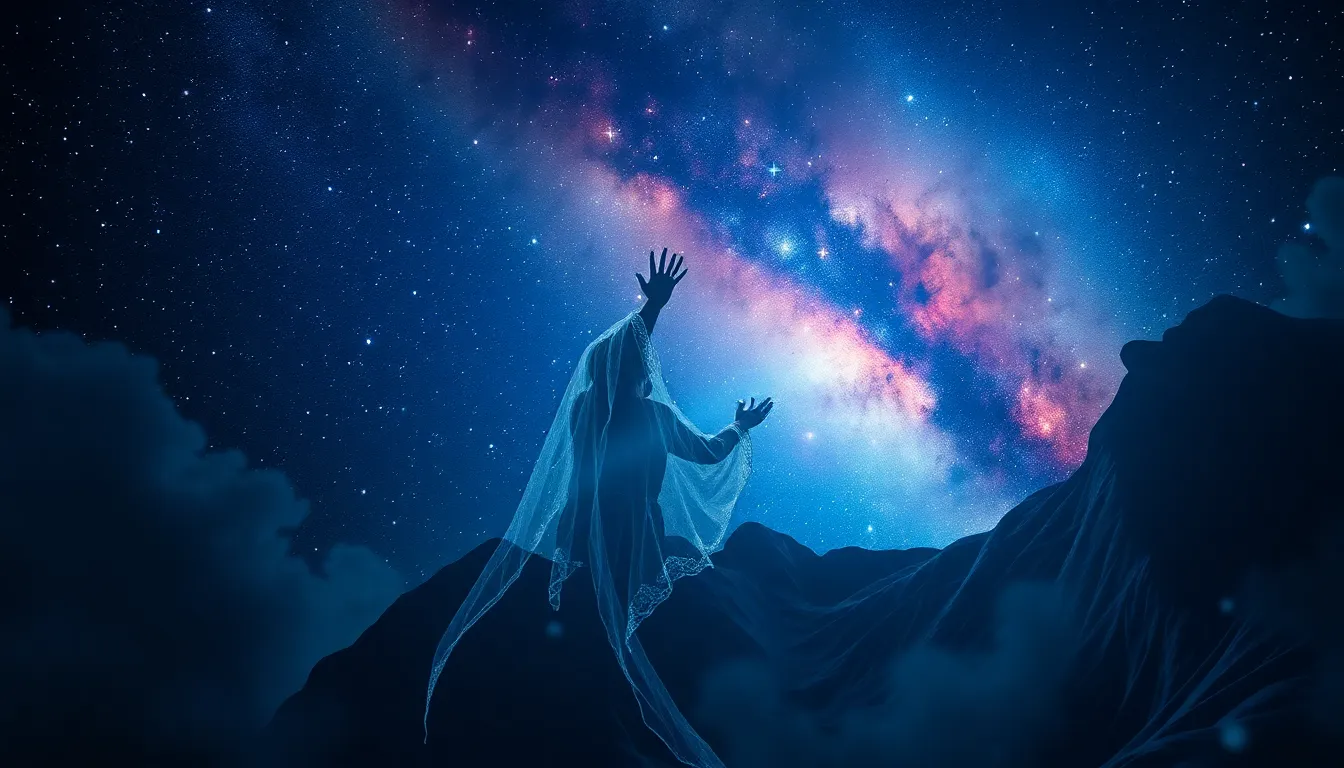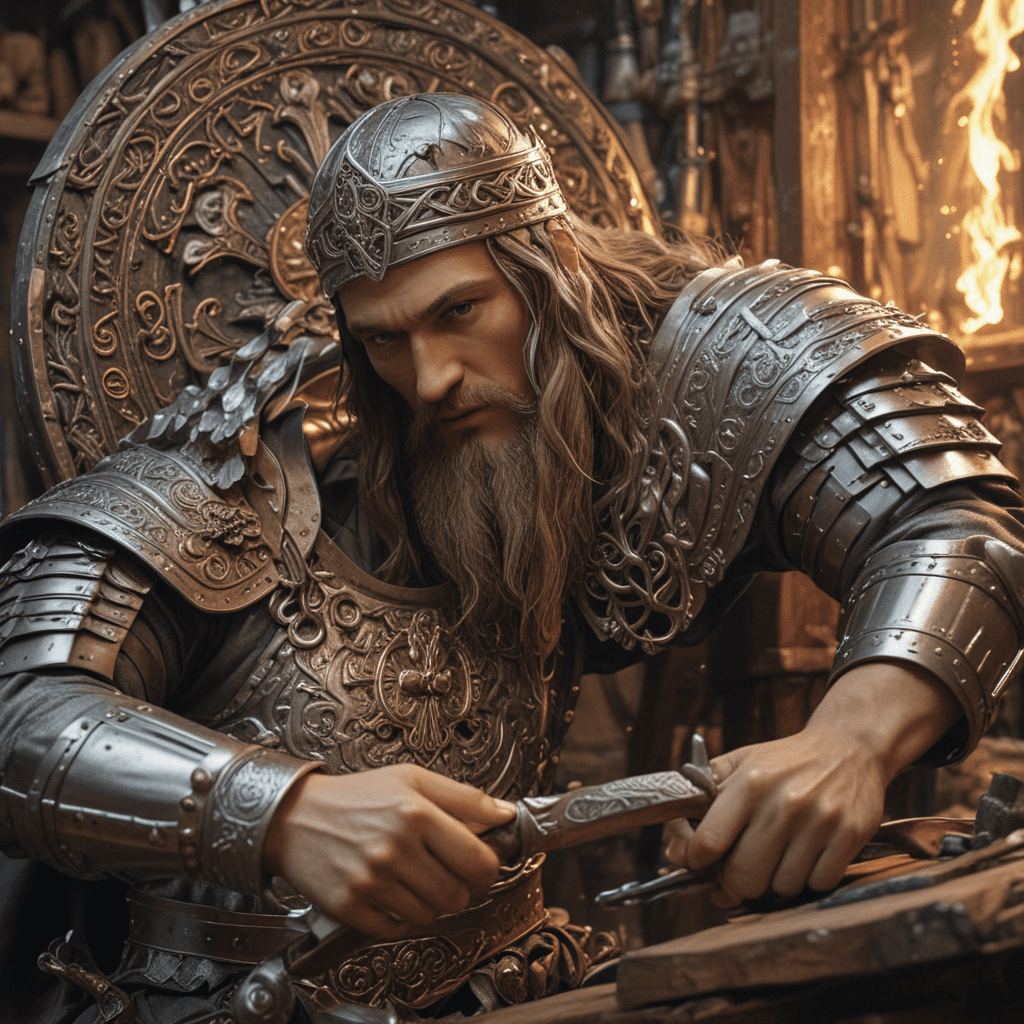The Birth of the Elements: Creation Myths and Their Significance
Introduction
Creation myths serve as foundational narratives for various cultures around the world, offering insights into the origins of life and the universe. These stories often reflect the values, beliefs, and understanding of the cosmos within a given society. Central to many of these myths are the elements—Earth, Water, Air, and Fire—which not only represent the physical world but also embody deeper philosophical concepts and human experiences.
Defining Creation Myths
Creation myths are traditional narratives that explain the beginnings of the world, its inhabitants, and the forces that govern existence. These myths are often rich in symbolism and can vary widely across cultures, yet they frequently share common themes and motifs, such as:
- The emergence of order from chaos
- The role of divine beings or forces in creation
- The relationship between humans and the cosmos
- The cyclical nature of life and death
By studying these myths, we gain insight into how different cultures interpret their existence and environment.
The Four Classical Elements: Earth, Water, Air, and Fire
The classical elements of Earth, Water, Air, and Fire have been pivotal in ancient philosophy and science. Each element carries its own significance and is often associated with specific characteristics:
- Earth: Stability, nourishment, and fertility
- Water: Emotion, intuition, and fluidity
- Air: Thought, communication, and freedom
- Fire: Energy, transformation, and passion
These elements appear in various creation myths, illustrating their importance in understanding the natural world and human existence.
Cultural Perspectives on Elemental Creation
Different cultures have unique creation myths that explain the origins of the elements. For instance:
- Greek Mythology: The story of Chaos and the emergence of Gaea (Earth), Tartarus (the abyss), Eros (love), and the primordial elements.
- Hindu Mythology: The concept of Brahman (the ultimate reality) and the manifestation of the elements through cosmic principles.
- Indigenous Beliefs: Various Indigenous cultures emphasize the sacredness of elements and their interconnectedness with nature.
- African Myths: Stories that often highlight the relationship between creation, the elements, and the ancestors.
Each of these cultural narratives provides a distinct perspective on the elements and their significance.
Case Study: The Greek Creation Myth
In Greek mythology, the creation begins with Chaos, a primordial void. From Chaos emerged Gaea (Earth), Tartarus, Eros, and various primordial deities. Gaea gave birth to Uranus (the sky), and together they produced the Titans, gods, and other beings. The four classical elements were intrinsic to this myth, representing the building blocks of existence.
Greek philosophy further developed these ideas, with thinkers like Empedocles proposing that all matter consists of combinations of the four elements. This philosophical framework influenced Western thought about the natural world for centuries.
Case Study: The Hindu Creation Myth
The Hindu creation narrative, articulated in texts like the Rigveda, describes the cosmic being Purusha, whose sacrifice gave rise to the universe and all its elements. The elements—Earth, Water, Fire, Air, and Space—are viewed as manifestations of Prakriti (nature) and are essential to the cycle of life.
This myth underscores the interconnectedness of all things, showing how the elements are not merely physical substances but also spiritual principles that govern existence.
The Role of Elements in Indigenous Creation Stories
Indigenous cultures worldwide have rich creation stories that often emphasize the relationship between humans and the elements. For example, many Native American creation myths illustrate how the Earth is a living entity, and the elements are sacred and interwoven with spirituality.
In these narratives, the elements are not just resources for survival but are revered as relatives and teachers, guiding ethical behavior and respect for nature. This perspective fosters a deep sense of responsibility toward the environment.
Symbolism and Meaning Behind the Elements
The elements carry profound symbolic meanings in various myths:
- Earth: Stability, grounding, and physicality
- Water: Purification, healing, and emotional depth
- Air: Intellectual thought, freedom, and communication
- Fire: Transformation, destruction, and rebirth
These symbols reflect human emotions and societal values, providing a framework for understanding our place in the universe.
Modern Interpretations and Relevance
Ancient creation myths continue to influence contemporary beliefs and practices. Many modern spiritual movements incorporate elemental symbolism, emphasizing balance and harmony with nature. Furthermore, the elements play a significant role in environmentalism, reminding us of our interconnectedness with the planet.
Understanding these myths can inspire a deeper appreciation for the natural world and encourage sustainable practices that honor the elements as vital components of life.
Conclusion
The exploration of elemental creation myths reveals their significance in shaping human understanding of existence and the cosmos. These narratives not only reflect cultural identities and worldviews but also offer timeless wisdom about our relationship with the natural world. As we navigate modern challenges, the teachings of these ancient myths remind us of the enduring legacy of the elements and their fundamental role in the tapestry of life.



